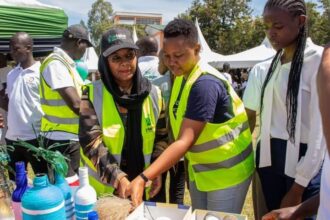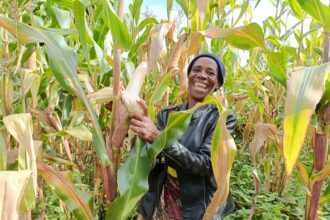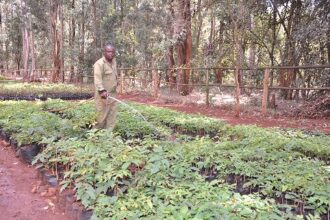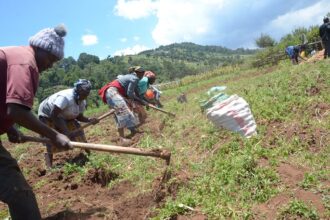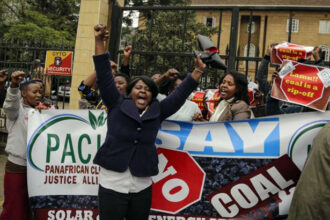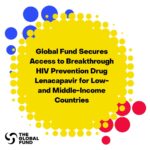Latest Environment News
Government asked to regulate sand harvesting in western Kenya
The aftermath of sand harvesting in Apuko village in Kobuya location in…
Lakeside city welcomes waste mobile phone app as the world marks Environment Day
Kisumu County Executive Committee member Tourism head Farida Salim participates in the…
JKUAT technology boosts Kenyan maize yield amid drought
Farmers are key during trials as they facilitate technology transfer. By Tebby…
Kenya Forest Service to raise 15 billion tree seedlings in 10 years
David Njuguna waters indigenous tree seedlings at Karura Forest nursery. By George…
Shamba system a critical tool to increase forest cover in Kenya, says forest service
Through PELIS, farmers enter into an agreement with the Kenya Forestry Service…
Race to protect urban green spaces on amid appetite for real estate profits
Margaret Wanjiru leads an excursion into Karura Forest, one of Kenya's iconic…
Drone technology to ramp up reforestation efforts
By Sharon Atieno |sharonphoebeatieno@gmail.com One of the interventions outlined in Kenya’s Strategy…
Opinion: Kenya needs renewable energy not coal
Fossil fuel combustion and especially the burning of coal produces greenhouse gas…
The Nile: Let’s talk conservation and trade, not war drums
Hardly a week passes without one reading or listening to mass media…



